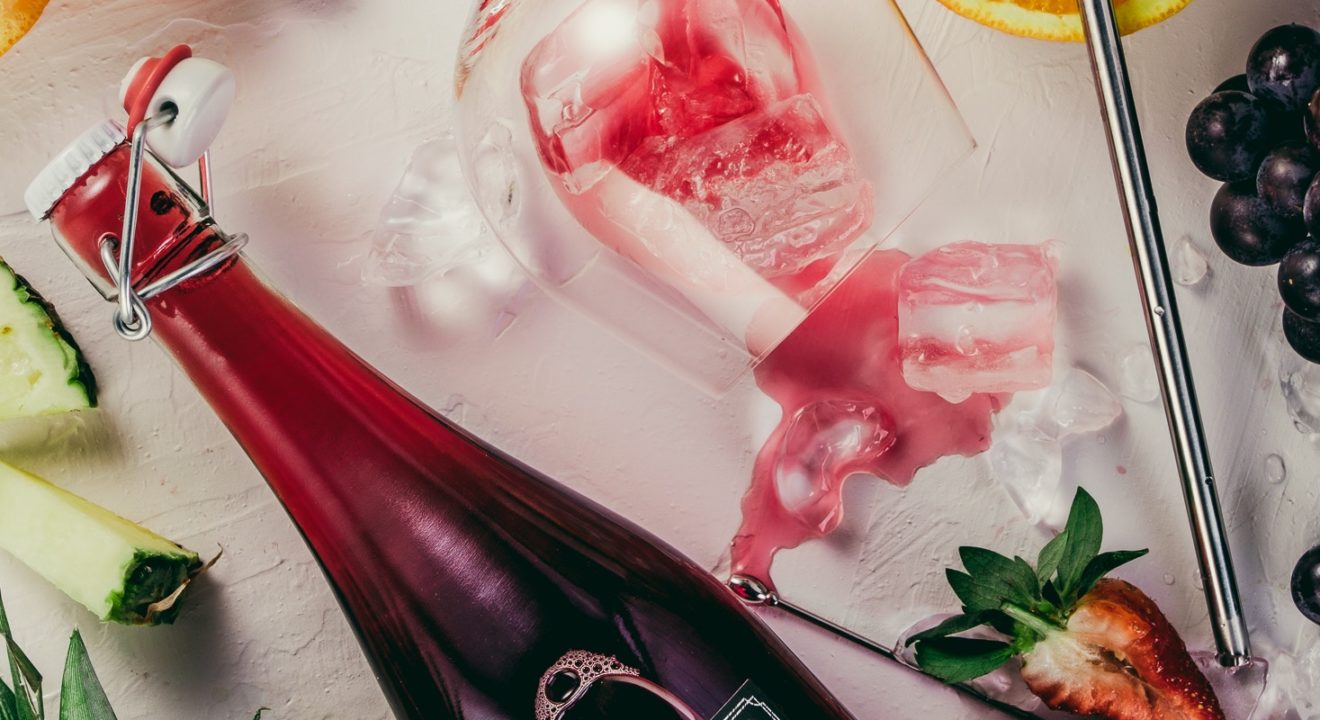Culture June 28, 2018
You don't need to keep spending $15 on a glass of sangria.


My friend and I first discovered sangria in Porto one afternoon, when we stumbled into a hole-in-the-wall sandwich shop a few blocks from Igreja do Carmo, one of Porto’s many famous churches. We walked into Lareira and ordered steak sandwiches and red wine. Upon looking around at other patrons we noticed the raspberry-colored wine that many were drinking. With citrus fruits bobbing at the surface, and wine glasses dripping with condensation, both Kaj and I knew we had to try the sangria that the locals were touting.
Turns out the magic liquid was sangria! Not the kind you buy in the United States, but the home-made hand-mixed nectar that has been consumed in the Iberian Peninsula for centuries.
Simply, sangria is a mix of wine, liquor, fruits and spices. However, nowadays there is a boom in tweaking the classic drink to your liking in the United States. Popular variations are white sangria, slushy sangria and sparkling sangria.
It is believed people in modern-day Spain and Portugal originally invented sangria as early as 200 B.C. These people planted vineyards to trade grapes with the Roman invaders. To customize the drink, they would add different fruits and liquors.
Another reason for sangria’s popularity was the prevalence of unsafe drinking water. By mixing water with wine and liquor, people were able to create a version of wine that was safe to drink and also customizable.
Sangria consumption took a downturn when Islamic Moors conquered the region in 711 A.D. Sangria consumption didn’t pick up again until the 1400s when the Moor’s rule ended.
Thankfully for us, sangria is a popularly consumed beverage to this day, and while you need to be careful about getting the real thing, (see: fake sangria) getting a real glass of sangria is an introduction to one of the most enjoyable alcohol beverages in the world.
Now that you know a bit sangria history, how do you make it at home?
The two classic types of sangria are red and white. Red sangria has a base of red wine, and white has a base of, you got it, white wine. However, no matter what sangria you’re making, the ratio of ingredients is generally:
This is a very general guideline, and depending on whether you’re making red sangria, white sangria, sparkling sangria or slushy sangria, the ratios and ingredients will be different.
The beauty of sangria is that there are endless possibilities, with a different recipe for every mood. Try it out with the recipe in the picture above.